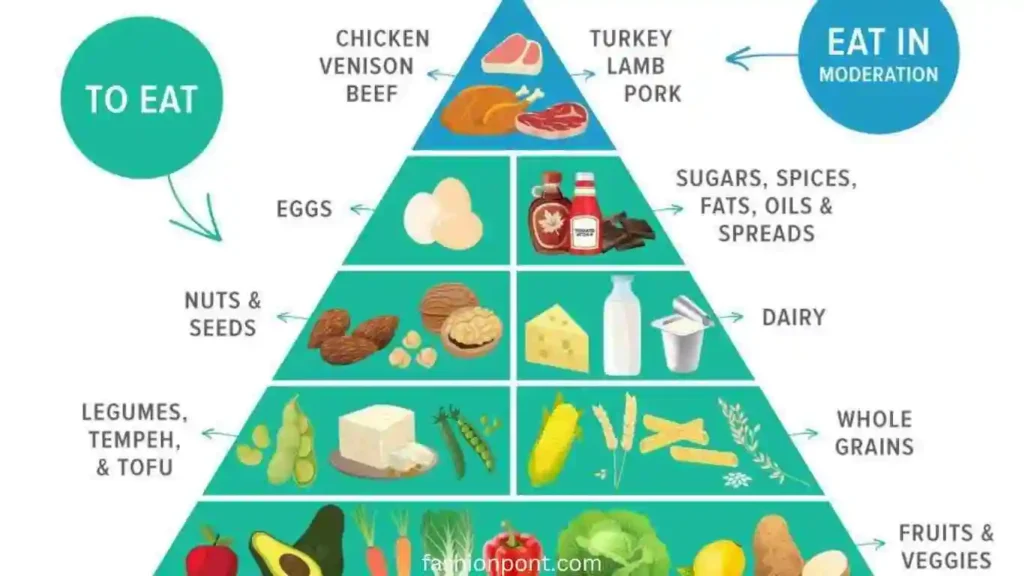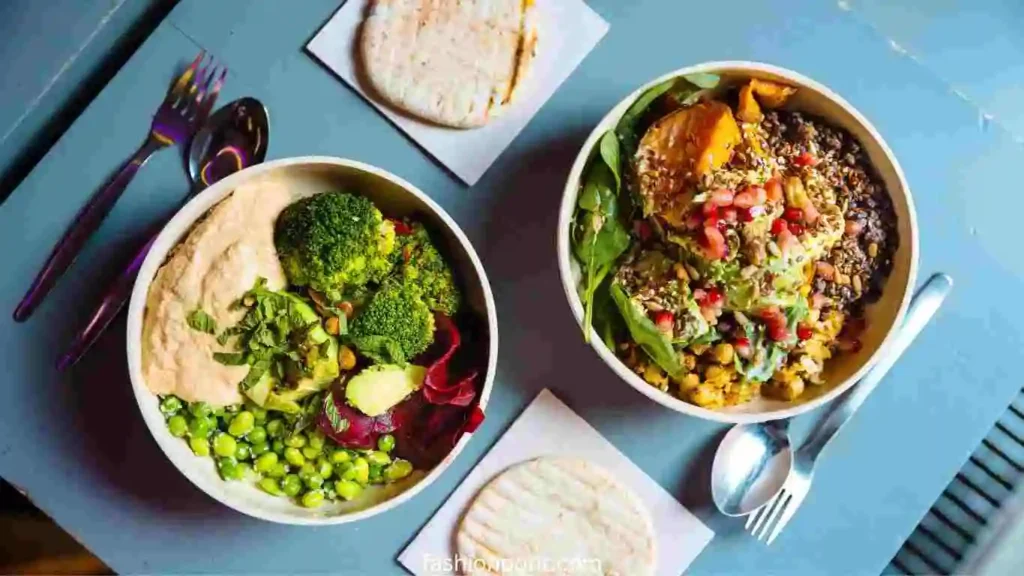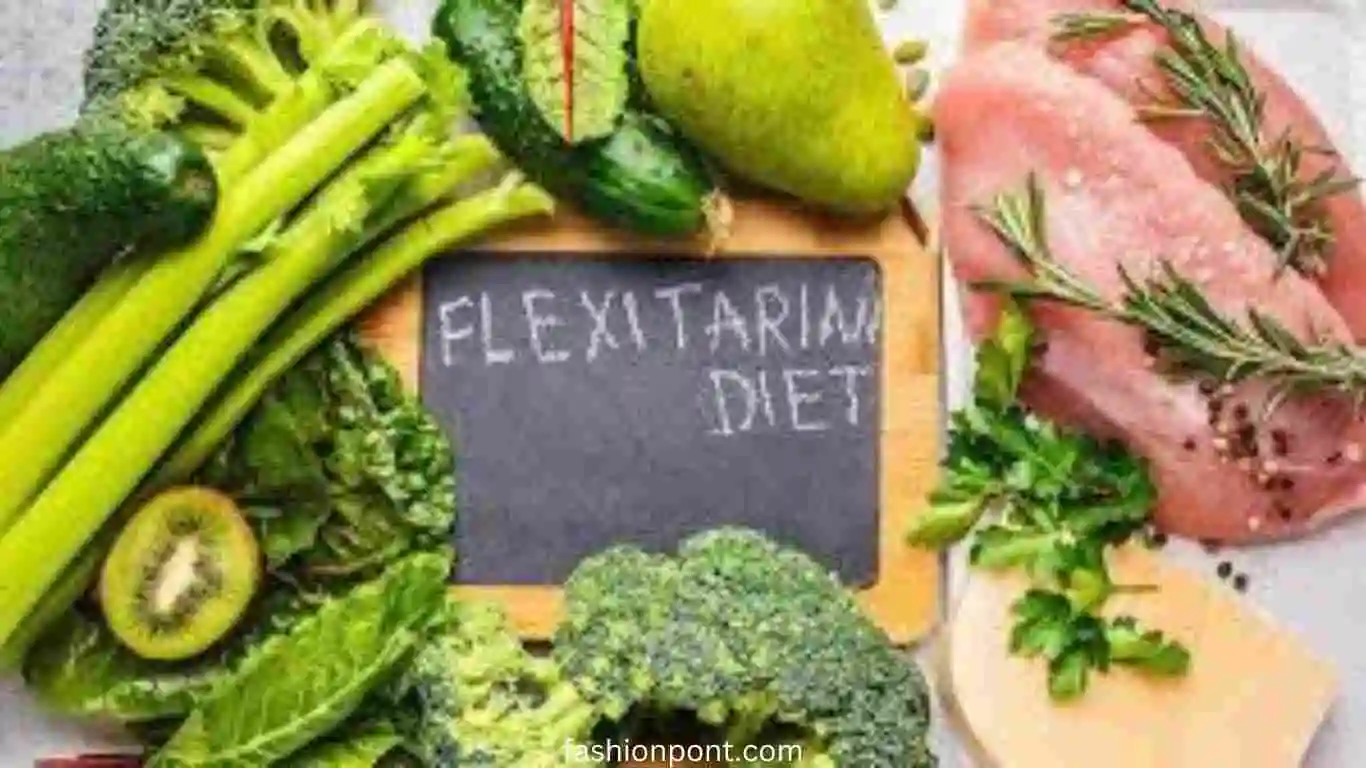Flexitarian Diet: Ultimate Meal Plans & Reviews—What to Know
A flexitarian diet—also referred to as a semi-vegetarian diet—allows you to get the health advantages of vegetarianism without having to totally avoid meat. Rather, most of the time you can be a vegetarian, but on rare occasions you might still enjoy a burger or steak.

The flexitarian diet:
A flexitarian diet is a union of two ideas: flexible and vegetarian. It has been almost a decade since the word first found its way into print in 2009 in “The Flexitarian Diet: The Mostly Vegetarian Way to Lose Weight, Be Healthy, Prevent Disease, and Add Years to Your Life,” an authored book by registered dietician Dawn Jackson Blatner.
It might be thought of as diet principles such as those based on lacto-vegetarian or pesco-vegetarian Flexitarian vegetarian diets are less rigid than traditional vegetarian diets. Using a flexitarian diet—also referred to as a semi-vegetarian diet—you can enjoy your health.
Advantages connected with vegetarianism without having to live entirely meat-free. Usually, you can choose meatless meals most of the time; yet, on special occasions, you can have a burger or steak.
Studies indicate that those on the diet may not only lose weight but also improve their general health by reducing their rate of heart disease, diabetes, and cancer by eating more plant foods and less meat. It is also seen as planet-friendly since it lowers meat consumption. The lesson stays the same today.
“Eat more plants and be flexible instead of strict about it,” Blatner notes. “To be clear, this is a ‘lifestyle,’ not a traditional “diet.””

How does the Flexitarian Diet work?
- Pay especially attention to non-meat proteins such as eggs, beans, or peas.
- Add fruit, vegetables, whole grains, dairy, and seasonings.
- At each level, progressively cut meat intake and boost meat-free days per week. Tip: Vegetable burgers are a plant-based meat substitute you might use if you’re hankering after meat.
- Follow at your own speed, either jumping in or easing in.
Being a flexitarian is more about including food groups into your diet than about totally excluding them. For example, combining several spices and seasonings will enhance the taste and nutritional value of dishes.
- Family friend. Family members can readily eat the meals together with few or no adjustment. There are enough balanced and healthy foods available for any age.
- reasonable in cost. Typical grocery stores provide simple access to foods for this diet; they do not call for costly or specialized food items.
- favorable for planets. The diet takes food decisions’ impact on the environment into account. Mostly plant-based, the food is sustainably farmed or produced.
- vegetarian or vegan is suitable. For a vegan or vegetarian diet, recipes are simply altered.
- friendly when gluten-free. Recipes follow a gluten-free diet yet can be readily changed.
- Halal friendable. Recipes follow the diet and are readily changed.
- Kosher friend. Still following the plan, recipes are easily changed.
- low-fat With less than roughly 30% of total calories coming from fat, the diet promotes a modest consumption of beneficial fats, like olive oil, and opposes bad fats, such as saturated fats.

On the flexitarian diet, can I lose weight?
Indeed, especially with regular exercise, the flexitarian diet will probably help you lose weight. For weight loss, data points for semi-vegetarian diets often lie between completely vegetarian diets and non-vegetarian diets. By emphasizing the plant-based element of flexitarian diets, you will most likely feel full on fewer calories than you are used to.
Eating more plants instead of following a restrictive diet results in either short- or long-term weight loss as a benefit. You decide how fast you lose weight and whether you maintain it.
Rapid Weight Loss
Unless you make extreme dietary changes together with a notable calorie deficit, following a flexitarian diet will not provide short-term weight loss. Long-term weight loss is reasonable, though, if someone was previously following the traditional American diet, which is low in vegetables and fiber and heavy in saturated fat animal proteins.
Studies have indicated that plant-based diets provide temporary weight loss , even if following a flexitarian diet does not always entail totally avoiding meat.
Extended Weight Loss
Following a semi-vegetarian diet typically results in a lower body mass index, according to one analysis of 25 separate studies, than following a non-vegetarian diet. But those who ate just vegetarian food had the lowest BMIs in the review.
Control of Weight: Maintenance
The flexitarian diet is non-restrictive and flexible; thus, you can follow it endlessly for continuous, healthy weight management. Still, you should be aware of calorie count and portion proportions.
Getting Started on the Flexitarian Diet
Starting carefully and progressively extending your flexitarian diet from there is crucial. Starting with plants to start every meal—at least two cups per meal, equal to half of your plate—helps you ease into it.
Choose one meal every day from which you could readily substitute plants for animal products. For breakfast, for instance, replace eggs and sausages with substantial oatmeal topped with chia seeds and berries. Instead of chicken for lunch, have a salad including beans.
“Consider organizing your week so that you know when you will be consuming animal products, enabling you to mindfully prepare for the other meals,” Shapiro advises. “Recognize that some weeks will be different than others, but being aware and having good vegetarian options available will make the process easier.”

How expensive is the flexitarian diet?
You can mostly avoid any additional expenses since you can modify the flexitarian diet to fit a large variety of supermarket and dining-out choices. Purchase Blatner’s original manual, “The Flexitarian Diet,” and accompanying cookbooks.

Is following the flexitarian diet easy?
Even during holidays or travel, the diet is quite versatile and flexible.
- “It should be reasonably easy since it allows for flexibility,” says Amy Shapiro, the creator of Real Nutrition, a New York City-based private practice to help clients maximize their nutrition, weight and general wellness. “You can always come back to a plant-forward diet anytime and anywhere, especially after you realize how great you feel and how varied your diet has gotten.”
- That is handy. There are plenty of recipes; dinner prep shouldn’t take too much time. Eating out is doable; alcohol is allowed. The diet stresses flexibility; you are free to ignore any guidelines all day, every day.
- Simple are recipes. Meal options abound in “The Flexitarian Diet” book. They are meant to enable you to quickly create tasty flexitarian meals. Generally speaking, each recipe calls for just five key ingredients.
- One can eat out and be under control. Review menus ahead of time to identify healthful dishes; most menus are now accessible on the website of the restaurant or elsewhere online. Foods said to be fried, crispy, breaded, creamy, scalloped, or sautéed should be avoided. Go instead for broiled, baked, grilled, roasted, poached, steamed. The diet has incorporated timesavers into it. There are thorough grocery lists and meal ideas.
- Feeling full shouldn’t be difficult. Experts in nutrition stress the need for satiety—that is, the contented sense that you have had enough. You shouldn’t feel hungry between meals if you have developed a balanced flexitarian diet around fiber-packed vegetables, fruits, beans, lentils, and whole grains.
- The taste changes daily. Recipes call for anything from a grilled cheese and rosemary-tomato sandwich to “lunch nachos,” Caribbean black bean couscous, and vegan enchiladas. Try a peach-raspberry crepe or pineapple with candied ginger and nuts for dessert.

Who Should Not Aim for a Flexitarian Diet?
The flexitarian diet is good for families and can provide the needs of children. Nevertheless, pregnant women and those with diabetes or other chronic diseases must first consult their doctors before changing their diets
Pros
- nutrient-wise good.
- Various meals and tastes.
- Filling; it’s heavy in foods high in fiber.
- Not one off-limit food or group.
- Easy choices for grab-and-go.
- Shows health advantages.
Cons:
- lacks comprehensive dietary advice.

Flexitarian Diet Success Stories and Advice from Real People
Though Annabelle Randles, co-founder of a London online eco-retail shop, has always been an omnivore, she chose to change her diet ten years ago.
Randles and her husband felt driven to modify their diet as the mother of two discovered more about the ethical issues of consuming meat and the environmental consequences. Although they wanted to cut back on meat, she wasn’t initially excited about the prospect of vegetarianism.
“I was raised believing that meat is absolutely vital for my diet,” 54-year-old Randles explains. “We ate meat practically every day when I was growing up, except one day when it was fish. It was one of those things that I find natural; changing was challenging.
“It has taken some time since it wasn’t easy for me—and I don’t think it’s easy for anyone—to change habits from one day to the next,” she notes. “Food has to be enjoyed; thus, it was us trying to find our way throughout the journey and food that we liked and educating ourselves toward the various issues about health.”
Randles has experimented with a lot of other diets, including the Dukan diet, but she discovered many of them reminded her of her adolescent years battling an eating disorder.
Randles advises anyone who wants to follow the flexitarian diet to start modest with one meat-free day a week and grow from there, as she and her husband did.
She notes, “There’s so much out there—so many different cuisines, so many different countries that don’t actually eat that much meat.” Many people find great attraction in flexibility.








